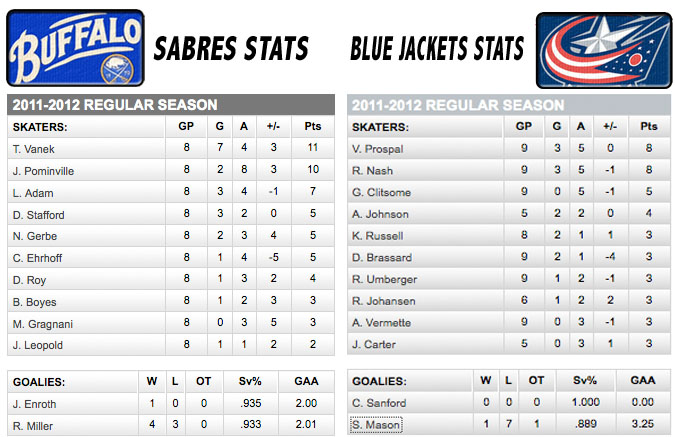“Runningbacks can start day one and produce.”
“Don’t pay a runningback. They only last three years on average.”
“You can find one anywhere, even with a mid or late round pick.”
“Guys off the street do well in the NFL all the time.”
“Teams that sign these guys to second or third contracts are idiots.”
You’ve heard all of the popular maxims about runningbacks. Chances are you’ve said at least one. Most people believe them to be true. That’s why they’re maxims.
Heck, even the Raiders director of player personnel, Joey Clinkscales said, "you can always get a running back in the later rounds" in an interview just a week ago.
I’ve been thinking about these things as the draft approaches. Plenty of teams are in need of runningbacks. Should they have nibbled at free agency or look to the draft? Maxims would suggest looking to the draft.
Certainly there is anecdotal evidence to support these maxims. Arian Foster was undrafted and Alfred Morris was a late round pick. Doug Martin and Morris were rookies last year and both cracked the top five rushers.
To go about this logically, I’m going to break the issue into two major sections. Part one will deal with the maxims about older runningbacks. Part two (to be posted separately) will look at maxims regarding early-drafted and late-drafted rushers.
Part 1:
How much faith should teams place in rookies / draft picks and how old is too old?
Instant Production
The first part of this is fairly simple. If runningbacks don’t need an acclimation period in the NFL, there should be a decent number of them producing right away. If this holds true, the draft is the one and only place to find a runningback. This is what the maxims argues.
It sounds great in theory but actual production doesn’t support this. Thirteen backs have been drafted in the first round over the past five years. Only two of them, Chris Johnson and Doug Martin, crossed the 1,000 yard mark in their first year. Only Doug Martin was a full-time back.
To come at it from a different angle – of the seventy-nine 1,000 yard seasons during the past five years, only six were done in a player’s rookie year. To put that in perspective, the same number of 1,000 yard seasons came from players in their ninth year or after.
Sustained Production
Tailbacks may not be instantly productive, but maxims state that careers only average three years. If you believe the maxims, the draft is still the place to find a runningback. Second contracts are bad investments because they’ll come after three years. Third contracts are even worse.
Again this is a great theory but actual production says otherwise. Only thirty-two of the seventy-nine 1,000 yard seasons were achieved in a given player’s first three years. The other 59%+ came after the three year bright line suggested by maxims.
In fact, more seasons came in year five or after (thirty-six) than came in year three or earlier (thirty-two). Evidence shows that good players continue to produce. Logic states that bad players never really start producing. The three year average is for all players. It includes all sorts and sundry bad players. It is an irrelevant number.
If you are looking for a better number to use, the one to shoot for is year five. Players don’t tend to produce in year one, but they pick up in year two and continue on through year five. At that point the number of 1,000 yard seasons produced takes a hit and keeps going down. Eleven of seventy-nine seasons came in a player’s second year, fifteen in the third, eleven more in the fourth and thirteen in year five. Year six drop to seven and it goes down from there.
<img src="http://tfdssports.com/file:///C:UsersAsherAppDataLocalTempOICE_AB948C79-2B76-4041-83DC-705464AAC333.0msohtmlclip1
Add The Sports Daily to your Google News Feed!
